 |
 |
 |
 |
 |
|
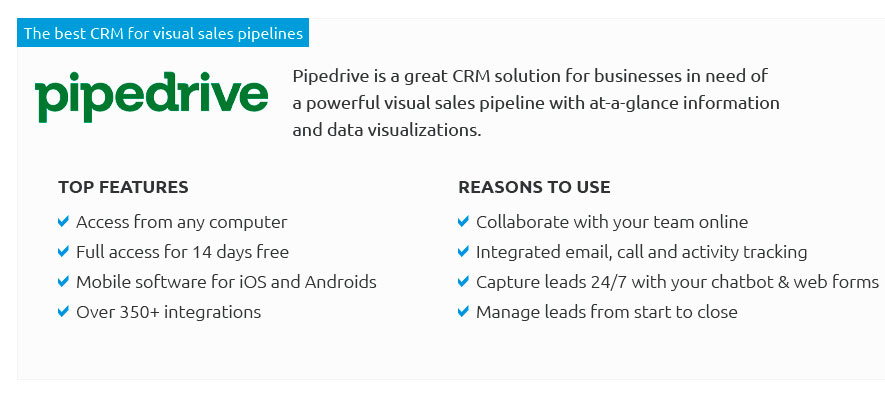 |
|
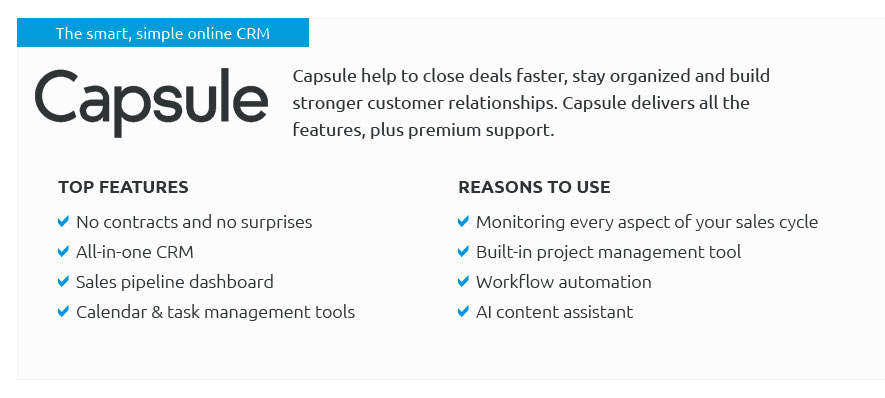 |
|
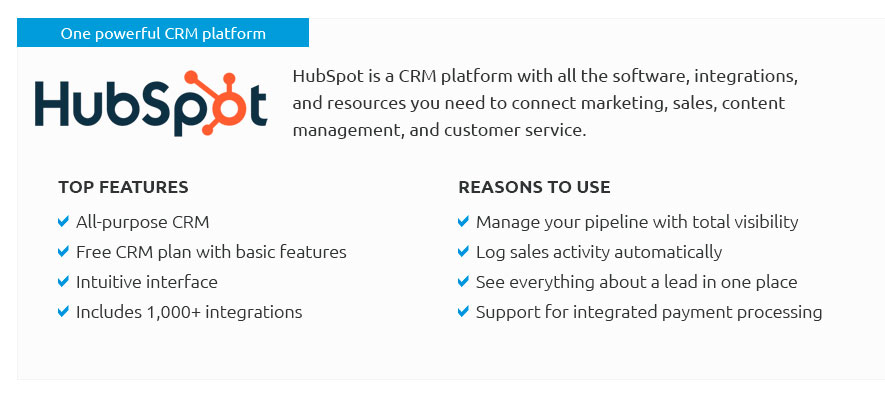 |
|
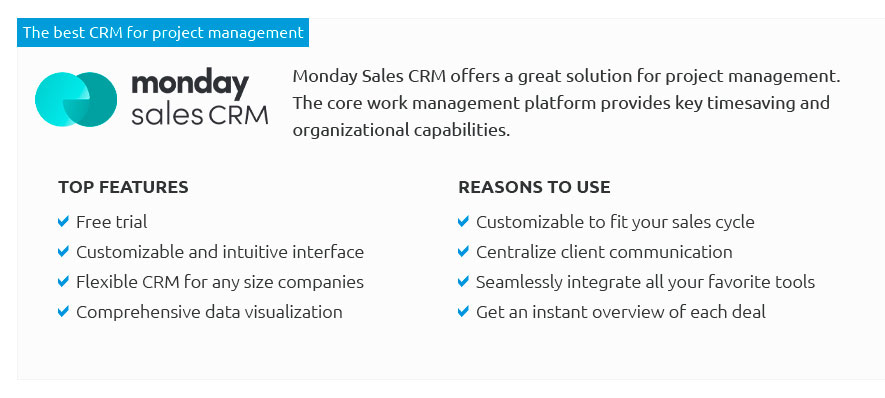 |
|
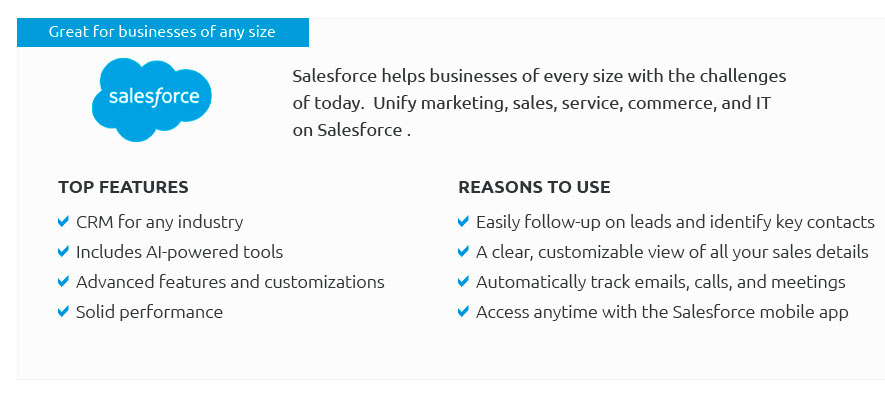 |
|
 |
 |
Exploring the Intricacies of Staff Management ToolsIn the ever-evolving landscape of modern business, staff management tools have emerged as indispensable assets, transforming the way organizations operate. These tools, ranging from basic scheduling applications to sophisticated workforce analytics platforms, play a crucial role in streamlining operations and enhancing productivity. But what exactly makes these tools so pivotal, and how do they integrate seamlessly into the fabric of organizational workflows? At the heart of any robust staff management system lies its ability to simplify complex processes. By automating routine tasks such as employee scheduling, attendance tracking, and performance evaluations, these tools free up valuable time for managers, allowing them to focus on more strategic initiatives. The beauty of these systems is their adaptability; whether it's a burgeoning startup or a multinational corporation, staff management tools can be tailored to fit the unique needs of the organization. One of the most compelling features of these tools is their capacity for data-driven decision making. By providing real-time insights into employee performance and engagement, managers are empowered to make informed decisions that align with the company's goals. This is particularly important in today's data-centric business environment, where having access to accurate, up-to-date information can be the difference between success and stagnation. Moreover, these tools often come equipped with integrative capabilities, allowing them to seamlessly connect with other business systems such as payroll, HR, and project management software. This integration is not just a convenience; it's a necessity in ensuring that all facets of the organization are working in harmony. The more integrated the systems, the less likely it is for data silos to form, which can hinder communication and efficiency.
However, like any technology, staff management tools are not without their challenges. The initial implementation can be daunting, requiring a careful assessment of organizational needs and potential disruptions to current workflows. Additionally, ongoing training and support are essential to ensure that all employees can fully leverage the capabilities of the system. Yet, despite these hurdles, the long-term benefits-improved efficiency, enhanced employee satisfaction, and data-informed strategy-far outweigh the initial investment. In conclusion, staff management tools are not merely a luxury for modern businesses; they are a necessity. By enabling organizations to operate more efficiently and effectively, they provide a competitive edge in an increasingly demanding marketplace. As technology continues to advance, one can only anticipate that these tools will become even more sophisticated, further revolutionizing the way we think about managing a workforce. https://workforce.com/
Eliminate double entry for good. Sync hiring, onboarding, and payroll with a single login. With mobile self-service, employees can update personal details, ... https://connecteam.com/top-10-employee-management-tools/
In this article, I've lined up the 10 best employee management software on the market today so you can make the best decision for your business. https://zapier.com/blog/best-employee-management-software/
Employee management software has two main purposes: to streamline HR admin work and to make employees more productive in the process.
|